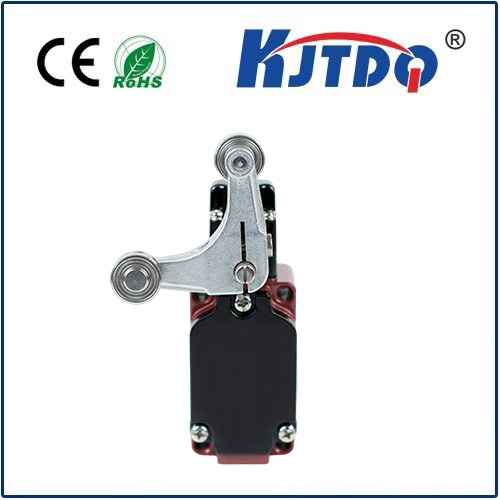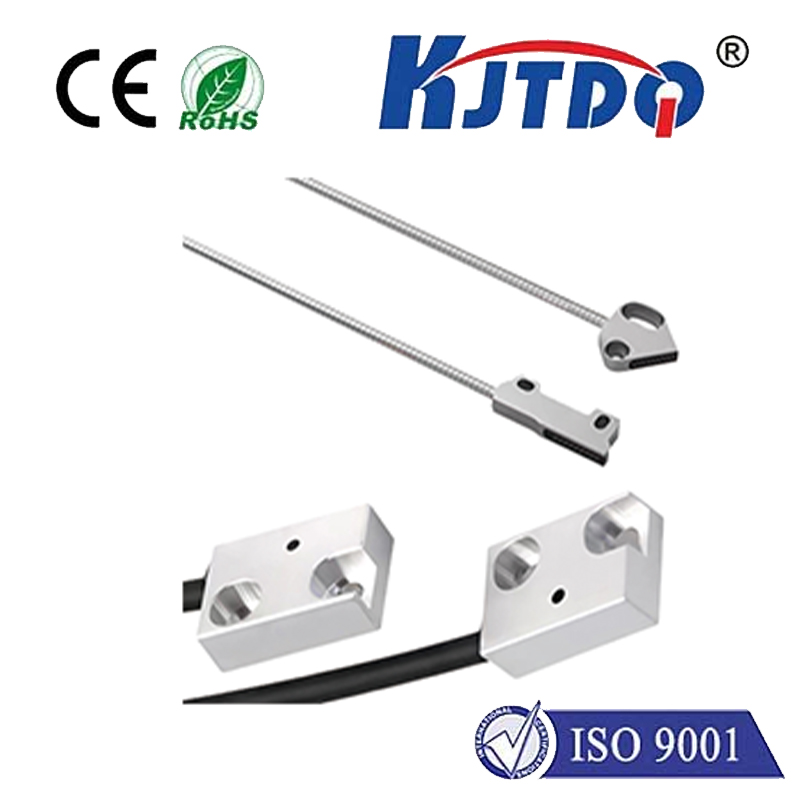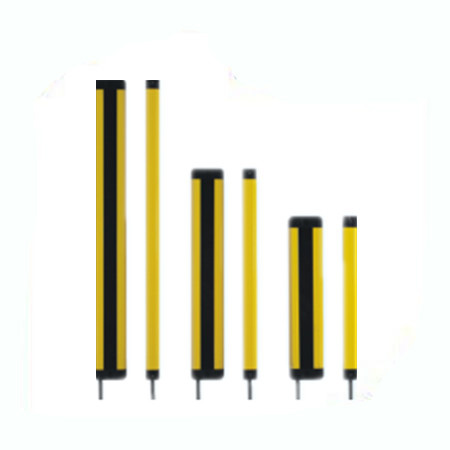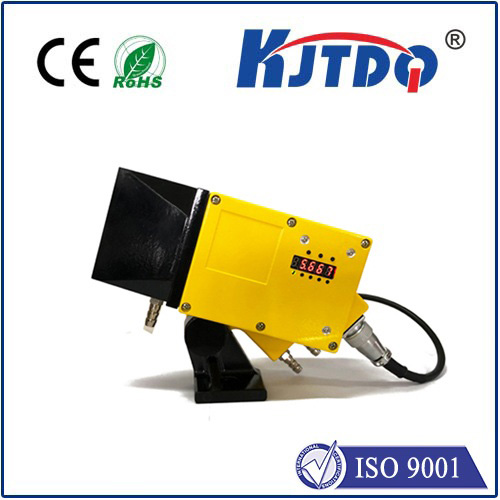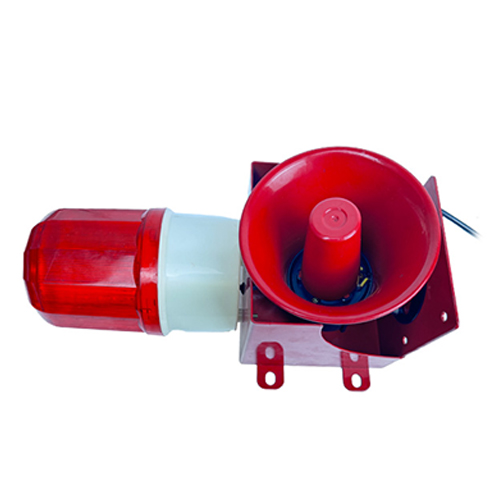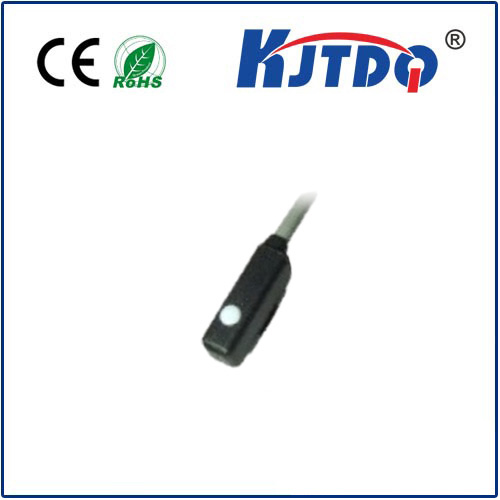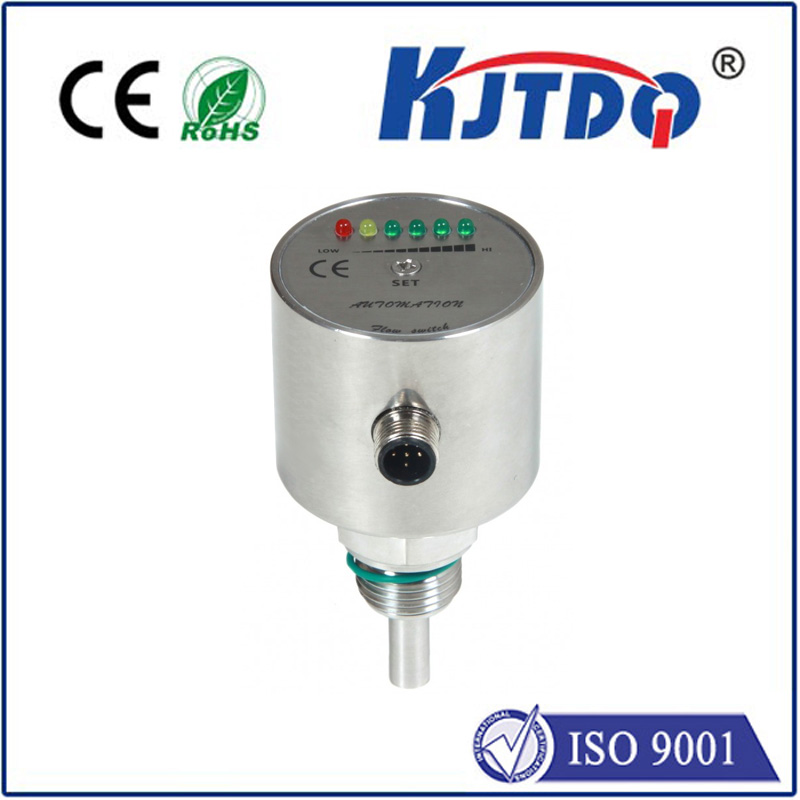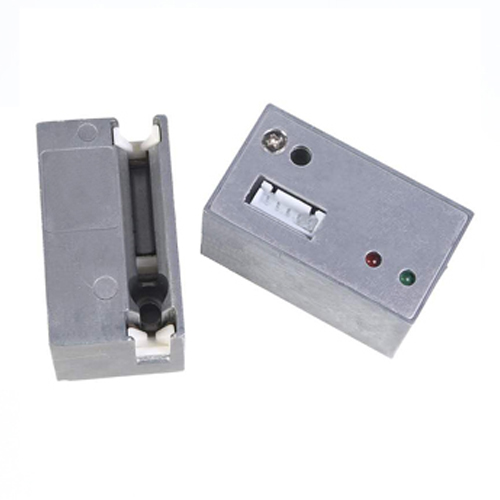XTD-ELS-C Pull rope switch
- time:2025-09-24 04:23:12
- Click:0
XTD-ELS-C Pull Rope Switch: Your Essential Lifeline for Conveyor Safety
Imagine the scene: a heavy conveyor belt snags, a package jams dangerously, or a worker slips near moving machinery. In those critical milliseconds where every second counts, a simple, accessible, and utterly reliable emergency stop mechanism isn’t just a convenience—it’s a potential lifesaver. This is where the XTD-ELS-C Pull Rope Switch steps into the spotlight, serving as a vital safety sentinel across countless industrial environments globally. Engineered specifically for extensive conveyor systems, this switch offers a robust, intuitive means to halt operations instantly along the entire belt length, preventing injuries and equipment damage.
Understanding the Core Function: An Emergency Brake for Your Belt
At its heart, the XTD-ELS-C is an emergency stop device. It consists of a sturdy, continuous rope (or cable) that runs parallel to the length of a conveyor belt. This rope is securely anchored at both ends and threaded through a series of actuator units mounted at strategic intervals along the conveyor structure. The “C” designation often signifies specific design features, potentially indicating a particular IP rating, material grade, or certification standard critical for demanding applications.
The operating principle is brilliantly simple yet profoundly effective:

- Tension is Key: The pull rope is maintained under constant, controlled tension.
- Action: If an emergency arises anywhere along the conveyor line, any personnel can immediately pull the rope downwards or sideways (depending on installation).
- Activation: This pull action mechanically triggers the nearest actuator unit(s). This movement overcomes a spring mechanism within the switch.
- Signal: The internal mechanism instantaneously changes state, opening or closing electrical contacts within the switch.
- System Halt: This critical safety signal is fed directly into the conveyor’s or machine’s safety control system (e.g., safety relay or PLC). This system is designed to interpret the signal as an unconditional command to stop all hazardous motion immediately. Power is cut to the conveyor drive motor(s), bringing the potentially dangerous situation to a halt.
Where Reliability and Robustness Are Non-Negotiable
The XTD-ELS-C isn’t designed for pristine laboratories. It thrives in the demanding environments where conveyor safety is paramount:
- Mining & Quarrying: Subjected to dust, vibration, impacts, and moisture during raw material transport.
- Bulk Material Handling: Grain terminals, cement plants, fertilizer facilities – battling abrasion, dust explosions (requiring specific certifications like ATEX/IECEx if applicable), and harsh chemicals.
- Airport Baggage Systems: Ensuring passenger and worker safety around miles of moving belts.
- Warehousing & Distribution Centers: Protecting personnel working near high-speed sortation and transport conveyors.
- Manufacturing & Production Lines: Integrating with complex machinery where rapid shutdown is essential for operator safety.
- Recycling Facilities: Enduring impacts, dirt, and moisture while safeguarding workers dealing with unpredictable materials.
To withstand these rigors, the XTD-ELS-C Pull Rope Switch typically incorporates robust features:
- High IP Rating (e.g., IP65, IP67): Essential ingress protection against dust and water jets, ensuring reliable operation even in wet or dusty conditions.
- Durable Construction: Housing and components made from high-strength, corrosion-resistant materials like stainless steel or rugged engineered plastics.
- Robust Actuator Design: Engineered to resist accidental activation but allow reliable operation when genuinely needed, even with gloves on.
- Corrosion Resistance: Critical for longevity in humid, chemical, or outdoor settings.
- Wide Operating Temperature Range: Functioning reliably in extreme cold or heat common in industrial sites.
- Fail-Safe Design: Engineered so that critical failures (like rope breakage, loss of tension, or power failure) automatically trigger the emergency stop signal. This is a fundamental principle of safety integrity.
- Self-Checking Capabilities (Optional): Some advanced models offer internal monitoring to detect faults proactively.
Implementing Effective Protection: Best Practices
Simply installing the switch isn’t enough; its effectiveness hinges on correct application:
- Strategic Placement: Install actuator units at intervals recommended by the manufacturer (often 10-25 meters, but always consult the manual and risk assessment) to ensure the rope can be easily reached anywhere along the hazard zone. Consider curves, inclines, and access points.
- Correct Tensioning: Maintaining the specified rope tension is crucial. Too loose, and it may sag excessively or fail to actuate reliably; too tight, and it could cause premature wear or false trips. Use approved tensioning devices.
- Clear Visibility: The rope should be highly visible (often yellow) against the background. Use cable guides where necessary to maintain consistent height and accessibility. Ensure the Emergency Stop symbol (ISO 7010) is clearly displayed near the rope.
- Adequate Clearance: Maintain sufficient space below and around the rope to prevent accidental snagging during normal operations while still allowing easy access for an emergency pull.
- Proper Electrical Integration: Wire the switch contacts correctly into the machine safety control circuit, typically in series with other safety devices like E-Stop buttons. This circuit must bypass normal operational controls to achieve an uncontrolled stop (Category 0 per ISO 13850). Consulting a qualified safety engineer or integrator is vital.
- Regular Inspection & Testing: Incorporate checks of the pull rope switch – rope integrity, tension, actuator function, and electrical operation – into the site’s preventative maintenance and safety audit schedule. Functional testing at defined intervals is mandatory to ensure reliability.
The Uncompromising Goal: Compliance and Accident Prevention
The primary mission of the XTD-ELS-C Pull Rope Switch is crystal clear: prevent accidents. By providing an immediate and universally accessible means to stop hazardous motion along an extended conveyor line, it directly addresses risks like:
- Entanglement in moving parts.
- Crushing or impact injuries near transfer points or pinch points.
- Fire spread via moving combustible materials.
- Escalation of minor incidents into major failures.
Furthermore, its design and implementation are intrinsically linked to compliance with international and regional safety standards such as:
- ISO 13850: Safety of machinery — Emergency stop function — Principles for design
- IEC 60204-1: Safety of machinery — Electrical equipment of machines
- Local Regulations (e.g., OSHA, EU Machinery Directive): Mandating suitable safeguards for identified hazards.
Choosing a switch like the XTD-ELS-C, known for its reliability, durability, and adherence to these standards, is a tangible commitment to workplace safety. It’s an investment in protecting personnel, preventing costly downtime due to accidents or damaged equipment, and fostering a culture where safety is readily accessible—literally, at arm’s reach. In the complex dance of industrial operations, it provides a simple, robust, and life-saving off switch when things go wrong.






